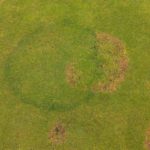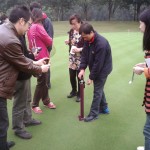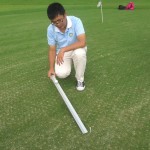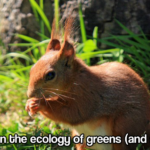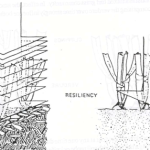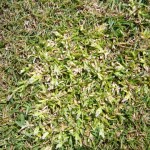
Transitioning your green from Poa annua to bent/fescue is not only critical to achieving a Performance Bowling Green, but is actually a realistic goal. The spongy, soft turf associated with annual meadow grass is less than ideal for bowls. Common wisdom says that this can't be done without major disruption and that even after it is achieved it wont last. This article explains in detail how to undertake the transition of your green from Poa annua to bent/fescue turf and dispels the myths about stressing Poa. This is the way to change your green permanently and without fuss. It will also save your club money on maintenance, so what's not to like?


